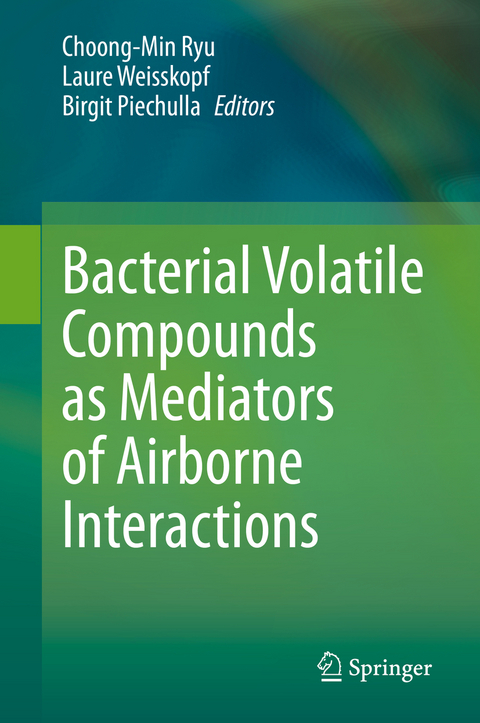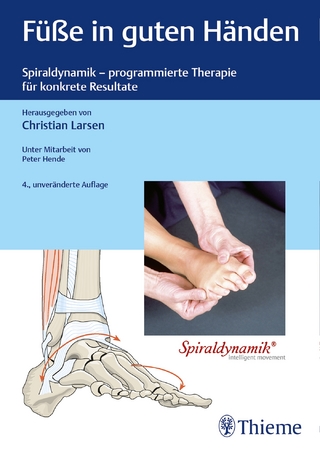
Bacterial Volatile Compounds as Mediators of Airborne Interactions
Springer Verlag, Singapore
978-981-15-7292-0 (ISBN)
The pivotal roles of bacterial volatile compounds make this book essential reading for scientists and students of all biological disciplines seeking to fully understand microorganism responses and environmental adaptations. In addition to its value as a fundamental book for graduate students, it offers a clearly structured reference guide for all individuals working in microbiology.
Choong-Min Ryu Korea Research Isntitute of Biosience and Biotechnology, Korea Laure Weisskopf University of Fribourg, Department of Biology, Switzerland Birgit Piechulla Universität Rostock, Institut für Biowissenschaften, Rostock, Germany
Preface.- Chapter 1: The domain of bacteria and their metabolic potentials.- Chapter 2: The domain of bacteria and their metabolic potentials.- Chapter 3: Structural diversity of bacterial volatiles.- Chapter 4: In vivo and in vitro volatile organic compound (VOCs) analyses in bacterial diagnostics: case studies in agriculture and human diseases.- Chapter 5: How plants might recognize bacterial volatiles.- Chapter 6: Contribution of bacterial biogenic volatiles to chemical ecology.- Chapter 7: Bacterial volatile-mediated plant abiotic stress resistance.- Chapter 8: Integration of bacterial volatile organic compounds with plant health.- Chapter 9: Volatile interplay between microbes – friends and foes.- Chapter 10: Role and function of bacterial volatiles in tritrophic interactions.- Chapter 11: Cyanobacterial VOCs as allelopathic tools.- Chapter 12: Collection, detection, identification and analysis of bacterial VOCs.- Chapter13: Using bacteria-derived Volatile Organic Compounds (VOCs) for industrial processes.- Chapter 14: Formulation and agricultural application of bacterial volatile compounds.
| Erscheinungsdatum | 04.09.2020 |
|---|---|
| Zusatzinfo | 27 Illustrations, color; 44 Illustrations, black and white; VIII, 336 p. 71 illus., 27 illus. in color. |
| Verlagsort | Singapore |
| Sprache | englisch |
| Maße | 155 x 235 mm |
| Themenwelt | Medizin / Pharmazie ► Physiotherapie / Ergotherapie ► Orthopädie |
| Naturwissenschaften ► Biologie ► Botanik | |
| Naturwissenschaften ► Biologie ► Mikrobiologie / Immunologie | |
| Technik ► Medizintechnik | |
| Technik ► Umwelttechnik / Biotechnologie | |
| Schlagworte | Abiotic stress tolerance • Airborne signals • Animal-bacteria interaction • Bacterial volatiles • BVC • Induced systemic resistance • plant-bacteria interaction • Rhizobacteria |
| ISBN-10 | 981-15-7292-5 / 9811572925 |
| ISBN-13 | 978-981-15-7292-0 / 9789811572920 |
| Zustand | Neuware |
| Informationen gemäß Produktsicherheitsverordnung (GPSR) | |
| Haben Sie eine Frage zum Produkt? |
aus dem Bereich


